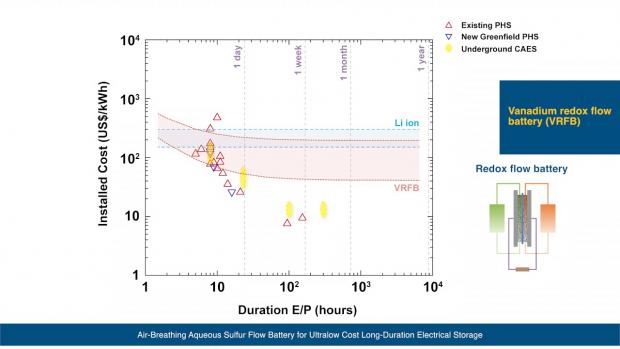
Breaking News
 Who Really Owns America (It's Not Who You Think)
Who Really Owns America (It's Not Who You Think)
 Canada Surrenders Control Of Future Health Crises To WHO With 'Pandemic Agreement': Report
Canada Surrenders Control Of Future Health Crises To WHO With 'Pandemic Agreement': Report
 Retina e-paper promises screens 'visually indistinguishable from reality'
Retina e-paper promises screens 'visually indistinguishable from reality'
 Unearthed photos of 'Egypt's Area 51' expose underground complex sealed off...
Unearthed photos of 'Egypt's Area 51' expose underground complex sealed off...
Top Tech News
 Future of Satellite of Direct to Cellphone
Future of Satellite of Direct to Cellphone
 Amazon goes nuclear with new modular reactor plant
Amazon goes nuclear with new modular reactor plant
 China Is Making 800-Mile EV Batteries. Here's Why America Can't Have Them
China Is Making 800-Mile EV Batteries. Here's Why America Can't Have Them
 China Innovates: Transforming Sand into Paper
China Innovates: Transforming Sand into Paper
 Millions Of America's Teens Are Being Seduced By AI Chatbots
Millions Of America's Teens Are Being Seduced By AI Chatbots
 Transhumanist Scientists Create Embryos From Skin Cells And Sperm
Transhumanist Scientists Create Embryos From Skin Cells And Sperm
 You've Never Seen Tech Like This
You've Never Seen Tech Like This
 Sodium-ion battery breakthrough: CATL's latest innovation allows for 300 mile EVs
Sodium-ion battery breakthrough: CATL's latest innovation allows for 300 mile EVs
 Defending Against Strained Grids, Army To Power US Bases With Micro-Nuke Reactors
Defending Against Strained Grids, Army To Power US Bases With Micro-Nuke Reactors
Air-Breathing Aqueous Sulfur Flow Battery for breakthrough ultralow cost energy storage

•Chemical cost analyzed for 40 rechargeable couples developed over the past 60 years
•Aqueous sulfur/sodium/air system identified with ultralow chemical cost of ∼US$1/kWh
•Air-breathing flow battery architecture demonstrated at laboratory scale
•Techno-economic analysis shows installed cost is comparable with PHS and CAES
Above – Curves for the present air-breathing aqueous sulfur flow battery approach using Na and Li chemistry are shown in green and gray, respectively. The chemical costs for Na and Li are shown as dashed lines. Curves of constant power cost show that the power stack dominates the system cost at short storage durations, whereas at long duration the cost asymptotically approaches the energy cost due to chemical constituents plus storage tank and related costs. 5 M concentrations of both Na and S are assumed, with cycling of the sulfur over the speciation range S22− to S42− corresponding to 25% of theoretical capacity.

 SpaceX Heat Shield and Starship Mass Production
SpaceX Heat Shield and Starship Mass Production

